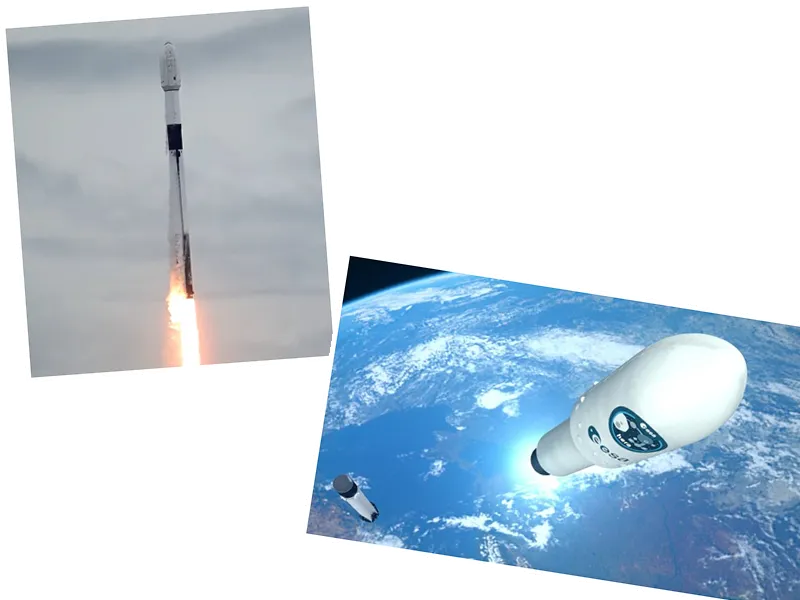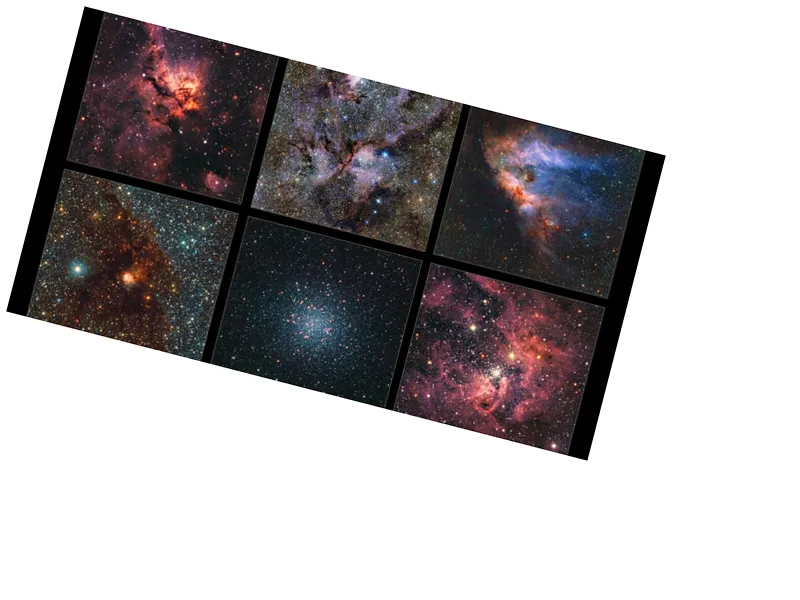The Launch of the Euclid Space Telescope and Its Ambitious Mission
The European Space Agency (ESA) has made significant strides in astronomy with the unveiling of the first part of its largest three-dimensional map of the universe. This groundbreaking project, introduced at the International Astronomy Congress in Milan, Italy, showcases an image that includes 14 million galaxies and represents only 1% of the total map that astronomers aim to create. The initiative is part of the Euclid Space Telescope mission, which was launched on July 1, 2023, to explore dark matter and dark energy, two of the universe's most enigmatic components.
The recently released 208-gigapixel mosaic captures a small fraction of the sky, specifically 132 square degrees of the southern hemisphere, an area over 500 times larger than the full Moon as viewed from Earth. This initial image reveals intricate details about the Milky Way, including faint clouds of gas and dust known as molecular clouds, which are illuminated in light blue shades against the dark backdrop of space. The telescope's ultra-sensitive visible-light camera has made it possible to capture these previously unseen features.
Future Prospects and Collaborative Efforts
The Euclid mission, which is expected to span over six years, will involve extensive surveys that will ultimately cover one-third of the visible sky, documenting more than a billion galaxies, some dating back 10 billion years. Valeria Pettorino, a scientist involved with the project, emphasized the significance of this early image, stating it is packed with diverse sources that will aid scientists in redefining their understanding of the universe.
The Euclid Space Telescope operates from the Lagrange 2 point, approximately 1.5 million kilometers from Earth, where it enjoys a stable environment away from the sun's interference. This mission is not solely an ESA endeavor; it includes contributions from NASA and collaboration with over 2,000 scientists from various international institutions, showcasing a united effort in the pursuit of cosmic knowledge.
With its advanced 600-megapixel optical camera and near-infrared spectrometer, Euclid aims to investigate the shapes and distances of galaxies to provide insights into the universe's accelerating expansion and the mysterious forces that govern it. As the mission progresses, astronomers anticipate a wealth of new data that could reshape our understanding of the cosmos.





